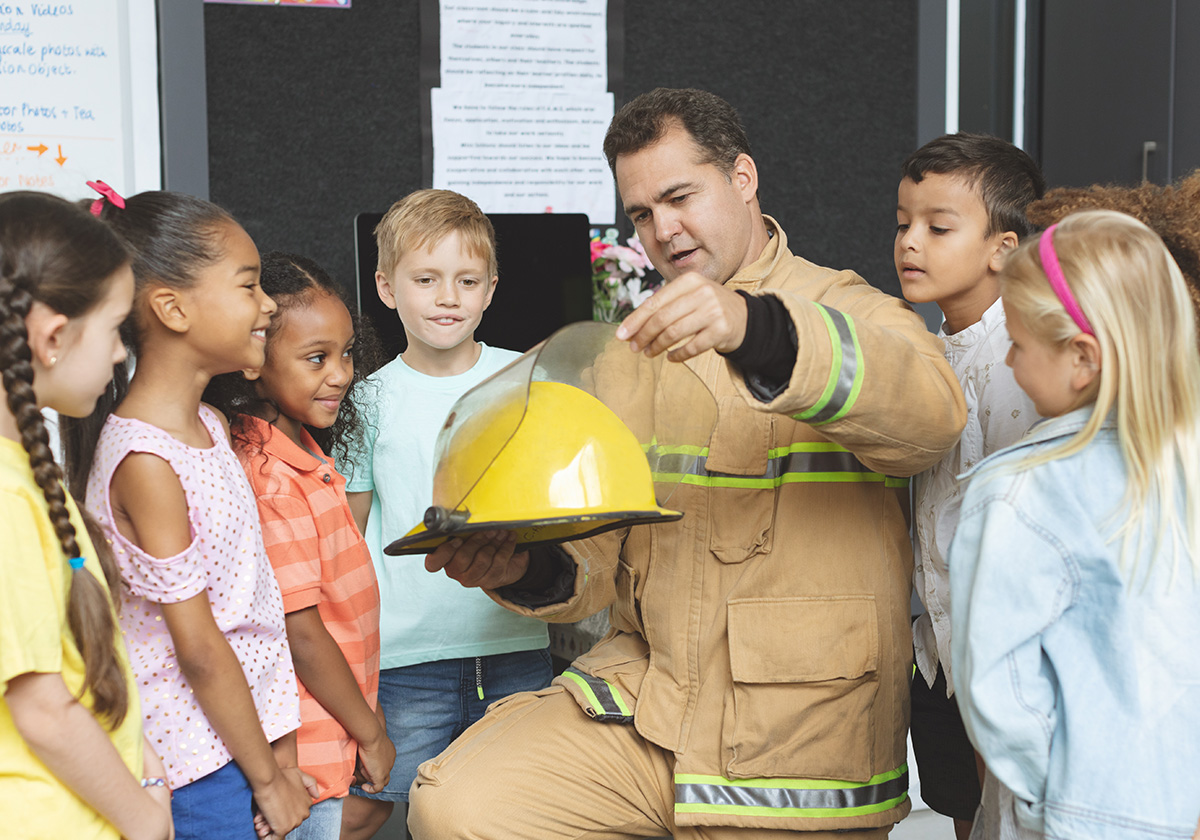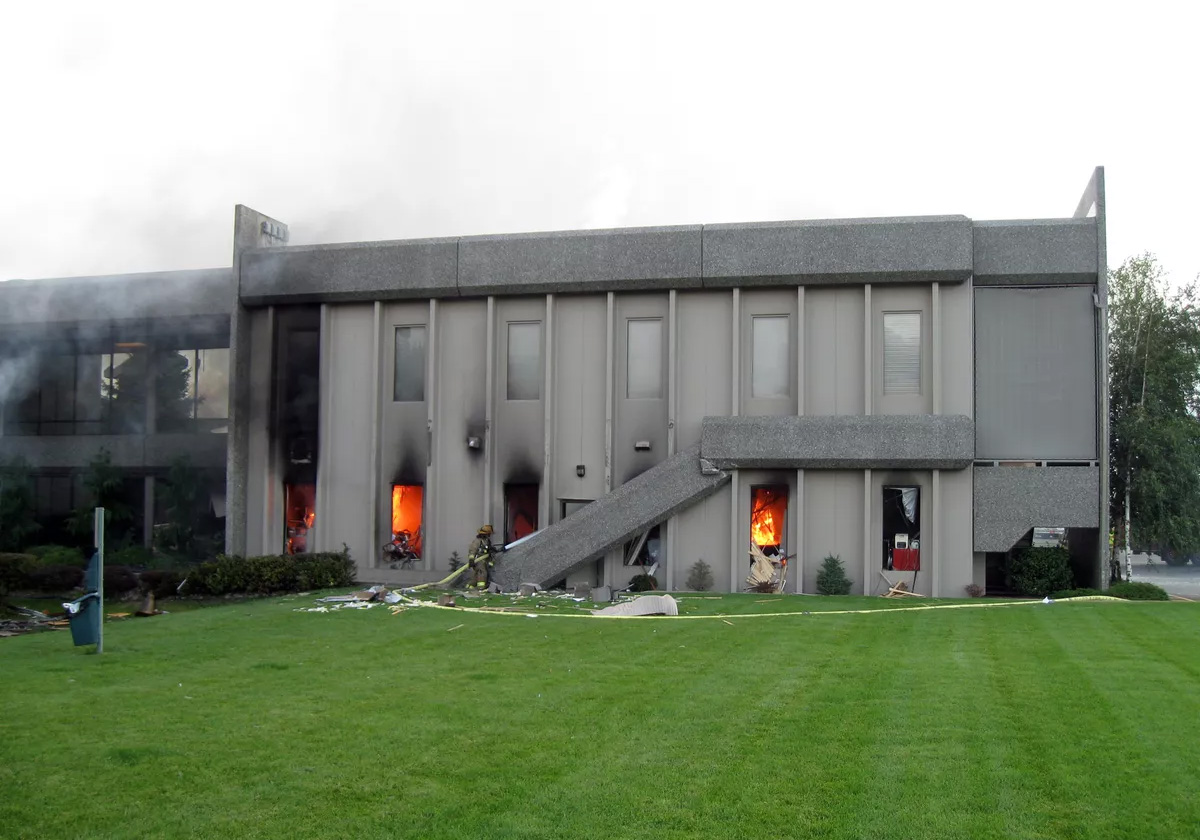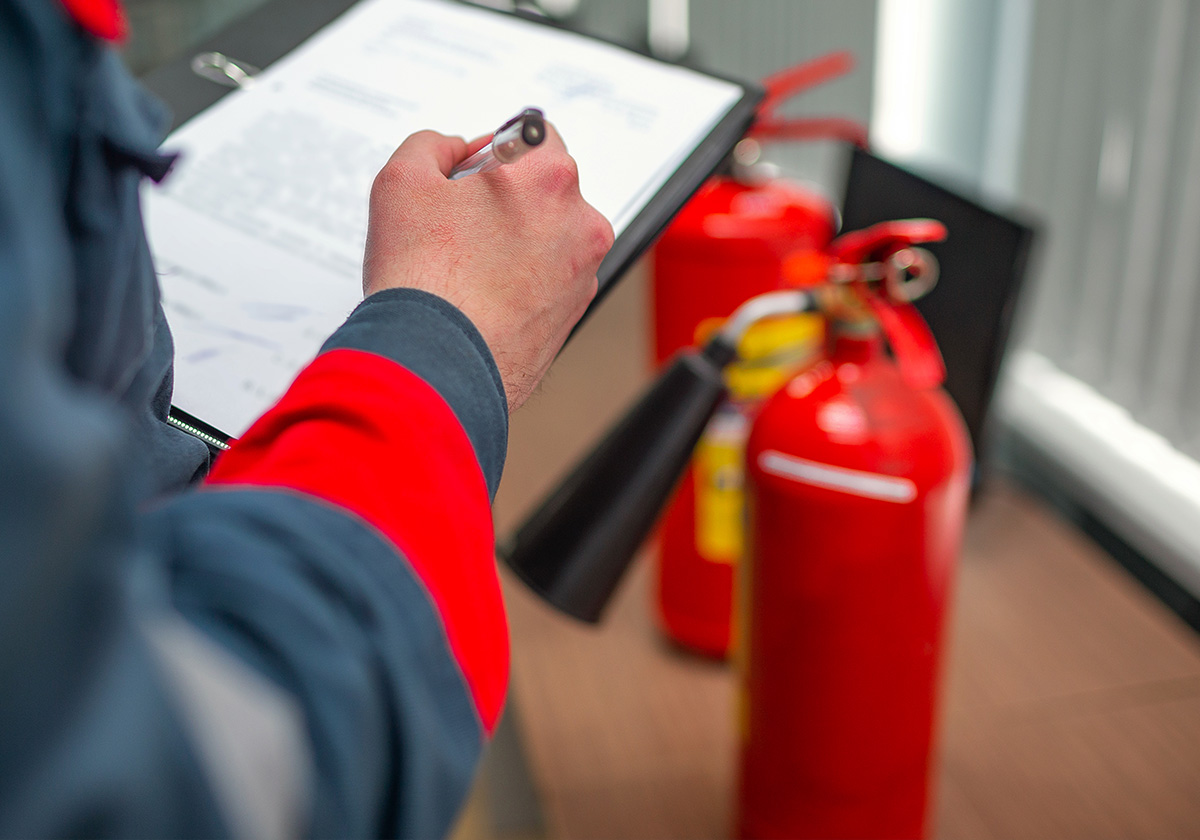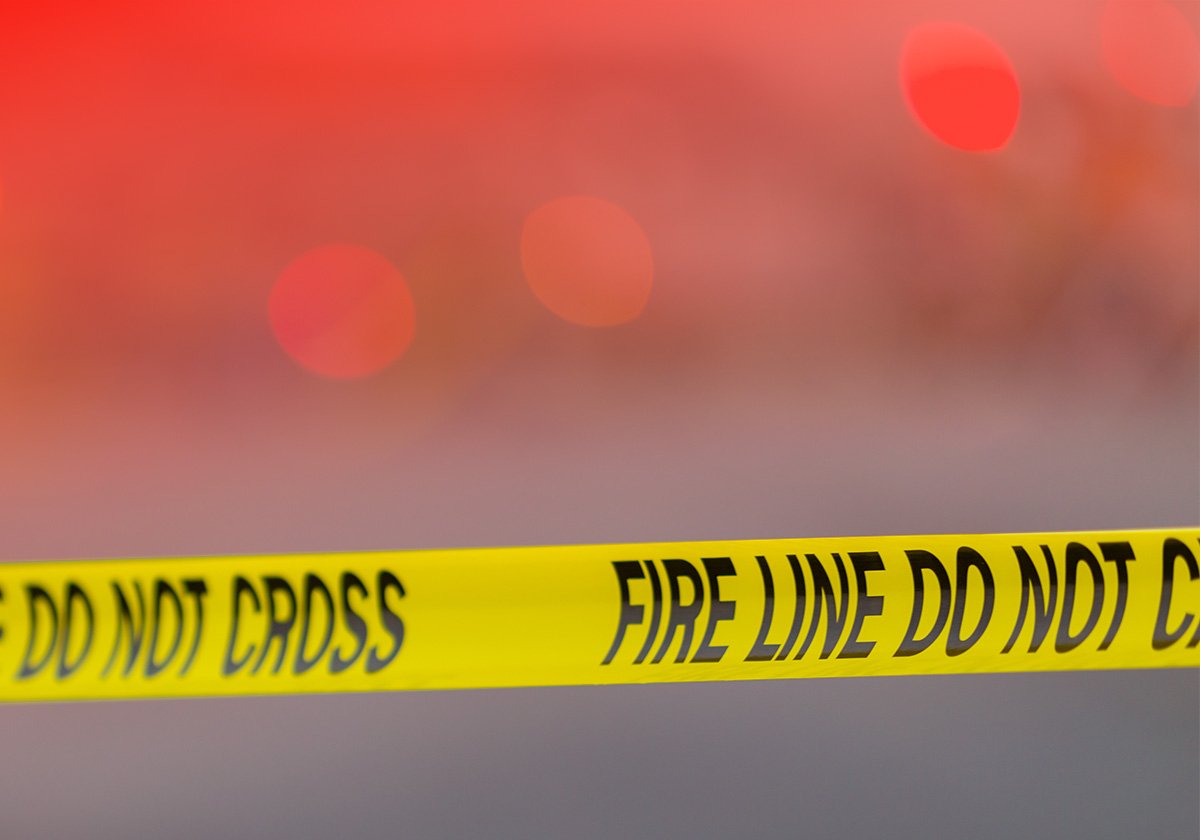Welcome to Part III of our four-part blog series, The Life and Times of a Fire Investigator. Read Part II here.
Fire investigation encompasses three fundamental tasks: investigating fires, enforcing codes and regulations, and providing education and training. This third entry will explore education's critical yet underappreciated role.
Education as a way of life
We often think of the classroom in the formal sense: a school, a classroom, a lecturer, and a group of students. And while fire investigators use this setting as a platform for education, their work goes well beyond that.
Anytime we interact with the public is a chance for education.
Fire investigators’ role as educator occurs anytime they are actively interfacing with the public: on the site of a fire, on an EMS call, or attending planned events at fire stations, schools, and senior centers.
In my case, I've cultivated an online presence as a platform to educate the public. My YouTube channel, Fire Science Guy, alongside posts on social media platforms such as Facebook, Twitter, Instagram, and NextDoor, enhance my ability to educate.
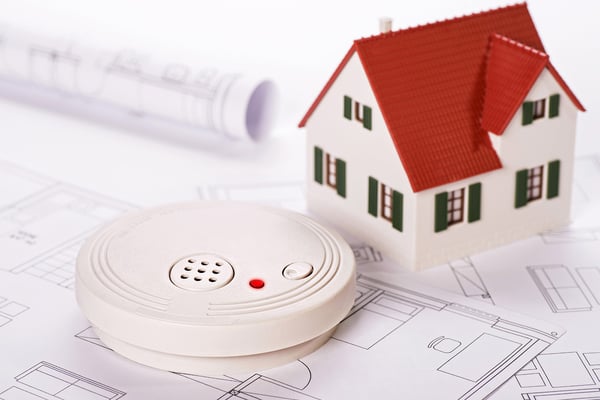 Fire safety education is aimed at keeping people and property out of harms way.
Fire safety education is aimed at keeping people and property out of harms way.
Related:
Fire Safety Tips for Consumers
Importance of education
As public safety agents, fire investigators are responsible for helping to develop a public understanding of fire safety.
In every aspect of what we do, we are teachers.
This type of education aims to help prevent fires from occurring in the future, to reduce the impact fires have when they do take place, and to create awareness for the role fire investigators play.
Prevention
One of our primary defenses against the occurrence of fire is prevention. By helping people identify potential fire hazards and encouraging them to adopt fire-safe behaviors, we can stop many fires from happening in the first place.
Not everyone is a fire expert; walking people through common fire hazards in their homes and workplaces allows them to address them directly. Here’s a short list of some common hazards:
- Improperly stored flammable liquids, such as gasoline, oil, or cleaning chemicals.
- Improperly maintained heaters and/or furnaces.
- Improperly maintained ovens or stoves.
- Electric hazards, such as overloaded circuits and frayed wires.
People can mitigate the risks these hazards pose by learning how to safely store flammable liquid, maintain electrical equipment, and keep their homes free of clutter.
Cleanliness is an essential part of keeping a fire small. When you overfill a space and a fire starts, that fire can go from one fuel package to the next. However, in a clean home, I've seen it where a chair catches fire and burns up - nothing else catches on fire because there's nothing else close to it.
Although a single round of hazard mitigation (i.e., looking over their home or workplace once, addressing any concerns, and going about their day) can reduce the chances of fire, a much stronger prevention course entails developing and maintaining fire-safe behaviors. It is one thing to rid your house of clutter once; it is another to keep your house clean. Here are a few fire-safe behaviors worth highlighting:
- Not smoking in bed or leaving cigarettes unattended.
- Not leaving cooking food unattended.
- Keeping the kitchen, oven, and stove clean.
- Matches and lighters should always be treated as tools, not toys.
This list is far from exhaustive; fire-safe behavior requires constant vigilance and a mindful approach to all decisions made within the home.
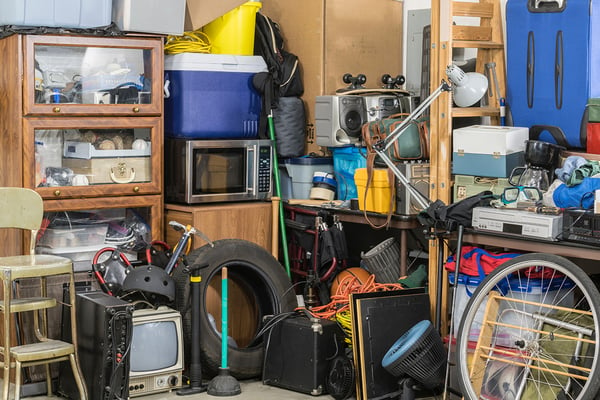 Making a habit of avoiding clutter can help to minimize fire risk in the home.
Making a habit of avoiding clutter can help to minimize fire risk in the home.
Related:
Safety, From Sea to Shining Sea
Impact reduction
Despite the efforts of fire professionals and preventative measures taken by individuals, fires still occur; there is no escaping this basic fact. And as frustrating as it is to see avoidable losses occur, it is as essential to emphasize preventative measures as it highlights what to do when fire strikes.
There are three P’s regarding fire safety: prevent, plan, and practice - impact reduction necessitates both planning and practice. Here are a few important items that can help reduce the impact of fire and ensure that everyone gets out safely:
- Testing smoke detectors once a month and changing batteries yearly.
- Maintaining fire extinguishers, knowing where they are, and knowing how to use them.
- Developing an escape plan and practicing with your family.
Another important aspect of impact reduction is ensuring responding firefighters can access your home or workplace. Learn more in our blog series, “If Fire Strikes, Make Every Second Count” - check it out here.
Awareness
A final component of education, closely linked to the fire investigation profession, is teaching the public about what fire investigators do and how individuals in the community can help them do their job better.
Much of fire investigation relies on hard, physical evidence obtained at the fire scene. However, as we learned in Part I of this series, interviewing witnesses, victims, and other people who may know about the event can be equally important. Good testimony can help investigators more accurately determine the cause of the fire and identify any potential criminal activity.
For investigators to gather accurate information, witnesses and victims must be prepared to provide accurate information; they must be willing to speak with investigators, answer questions truthfully, and provide any relevant information they may have about the fire. By priming the public as to their role in this process, fire investigators benefit from increased cooperation and quicker resolution of cases.
Self-education
The education of the public is only as good as the knowledge of the educators themselves.
To educate the people, we have to educate ourselves.
Fire investigators need to treat their knowledge as a constantly changing and expanding set of understandings. The National Fire Protection Association (NFPA) says a fire investigator must stay informed on various topics, including thermodynamics, fire chemistry, fire dynamics, fire protection systems, electrical systems, and explosion dynamics. When an investigator takes the time to learn, they ensure they can serve the community to the best of their ability.
Conclusion
Ultimately, fire investigation cuts a lot deeper than looking for the cause of a fire. Education ensures strong fire safety practices become commonplace within the communities, keeping people and property safe.
I'll leave you today with a piece of time-tested wisdom:
Fire needs oxygen, but the oxygen in your bedroom is yours. If you leave the door open, fire will steal your oxygen. If you close that door and have your phone as well, you can buy yourself 5 or 10 minutes for fire professionals to come and get you.
Keep your doors closed at night, and check out more of my supplementary education material here.
If you'd like to check out previous parts of this series, click here. To read Part IV, click here.




